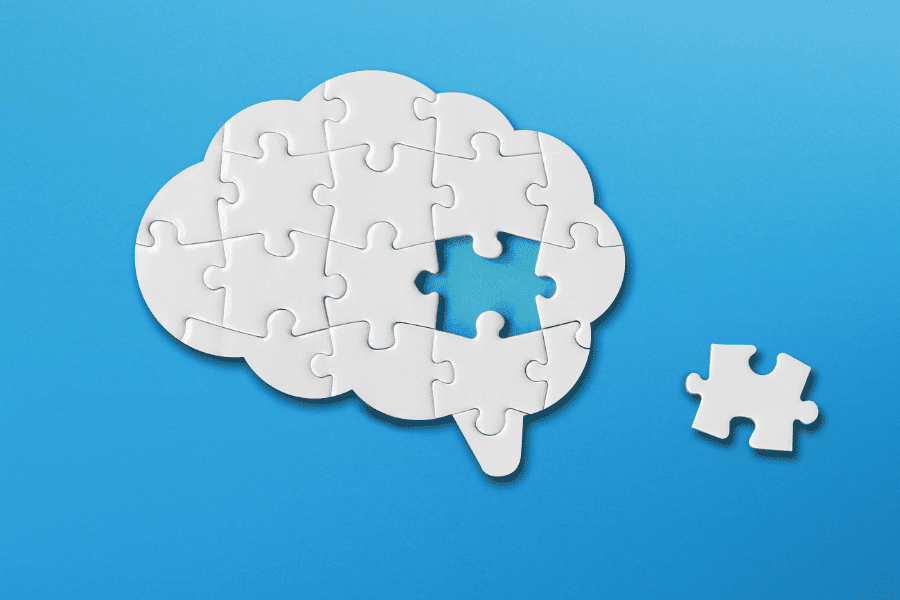
- What is Hydrocephalus?
- What Are the Signs And Symptoms of Hydrocephalus?
- How is Hydrocephalus Diagnosed?
- Are There Treatment Options for Hydrocephalus?
Are you familiar with “hydrocephalus”? Hydrocephalus is a common medical condition that impacts many individuals of all ages. This complex condition is more prevalent than you might think. According to studies, this neurological condition affects between one and two children in every 1,000 births in the US. But what exactly is hydrocephalus, and who is most vulnerable?
At Orlando Neurosurgery, we want to bring attention to hydrocephalus and its nuances and discuss important aspects that may answer some of your questions.
What is Hydrocephalus?
Hydrocephalus is an atypical accumulation of fluid within the brain. The term is derived from the Greek words “hydro,” signifying water, and “cephalus,” referring to the head. Once termed “water on the brain,” hydrocephalus pertains to cerebrospinal fluid (CSF) buildup—a transparent, colorless fluid enveloping the brain and spinal cord.
In a normal scenario, CSF circulates through specific brain areas known as ventricles. Acting as a conveyer of nutrients and a remover of waste for the brain, CSF envelops and shields both the brain and spinal cord from potential injury. Following this protective function, CSF is reabsorbed into the bloodstream.
Ordinarily, the body generates an appropriate quantity of CSF each day, which is then reabsorbed equivalently. However, obstacles hindering CSF’s regular flow or absorption can lead to its accumulation. As CSF accumulates, it prompts the ventricles to swell, elevating pressure within the head. This increased pressure due to excessive CSF can impede the brain’s optimal functionality.
Who is Affected By Hydrocephalus?
Hydrocephalus doesn’t discriminate—it can affect individuals at any stage of life. From infants born with congenital hydrocephalus to adults grappling with acquired forms of the condition, the impact spans various age groups.
What Are the Signs and Symptoms of Hydrocephalus?
 The symptoms of hydrocephalus vary according to age, the stage of the disease, and an individual’s tolerance level to the buildup of cerebrospinal fluid (CSF).
The symptoms of hydrocephalus vary according to age, the stage of the disease, and an individual’s tolerance level to the buildup of cerebrospinal fluid (CSF).
In infants, symptoms may manifest as:
- An enlarged head size.
- A bulging soft spot (fontanel) on the baby’s head.
- Eyes fixed in a downward gaze (known as sun-setting eyes).
- Vomiting.
- Sleepiness.
For older children, symptoms might include:
- Headaches.
- Nausea and vomiting.
- Vision impairments.
- Delays in development.
In adults, the symptoms can present as:
- Headaches.
- Nausea and vomiting.
- Vision issues.
- Fatigue.
- Difficulties with balance and coordination.
- Short-term memory lapses.
In older adults, symptoms could include:
- Walking difficulties (gait disturbances).
- Mild cognitive impairment.
- Forgetfulness.
- Loss of bladder control.
What Are the Causes?
 Hydrocephalus can arise from various causes, categorized as congenital or acquired. Congenital hydrocephalus occurs due to a blend of genetic and environmental factors during fetal development, referring to conditions present at birth. The primary causes include:
Hydrocephalus can arise from various causes, categorized as congenital or acquired. Congenital hydrocephalus occurs due to a blend of genetic and environmental factors during fetal development, referring to conditions present at birth. The primary causes include:
- Brain and spinal cord defects such as spina bifida and other neural tube abnormalities.
- Narrowing the passage between the third and fourth ventricles in the brain is known as aqueductal stenosis.
- Complications arise from premature birth, like bleeding within the brain’s ventricles.
- Infections such as rubella lead to inflammation in the fetal brain tissue during pregnancy.
Acquired hydrocephalus can develop at any point after birth and can affect individuals of all age groups. The leading causes of acquired hydrocephalus encompass:
- Head injuries.
- Stroke incidents.
- Tumors in the brain or spinal cord.
- Infections affecting the brain or spinal cord, such as meningitis.
Moreover, normal pressure hydrocephalus (NPH) can stem from hemorrhage or surgery complications. Many individuals develop NPH without an identifiable cause.
How is Hydrocephalus Diagnosed?
Hydrocephalus receives a diagnosis through a comprehensive neurological assessment. Healthcare professionals may employ various brain imaging methods, such as ultrasounds, computer tomography (CT), or magnetic resonance imaging (MRI).
For adults, additional diagnostic tests are frequently conducted to confirm the condition, including:
- Spinal tap (lumbar puncture).
- Intracranial pressure monitoring (ICP) involves a tiny pressure monitor inserted into the brain to measure pressure levels.
- Fundoscopic examination utilizes a specialized device to observe the optic nerve at the back of the eye.
Are There Treatment Options for Hydrocephalus?
 If hydrocephalus is left unattended, it can result in severe consequences, including fatality. Early identification and effective treatment significantly enhance the chances of a successful recovery. Fortunately, hydrocephalus is a treatable condition. While there’s currently no method to prevent or completely cure hydrocephalus, surgical interventions are viable treatment options.
If hydrocephalus is left unattended, it can result in severe consequences, including fatality. Early identification and effective treatment significantly enhance the chances of a successful recovery. Fortunately, hydrocephalus is a treatable condition. While there’s currently no method to prevent or completely cure hydrocephalus, surgical interventions are viable treatment options.
Presently, the primary approach to managing hydrocephalus involves surgical procedures. There are two primary types of brain surgery used to address hydrocephalus:
Shunt Placement: This procedure involves surgically implanting a medical device called a shunt into the brain. The shunt, a flexible tube, redirects excess cerebrospinal fluid (CSF) to another body part that can be naturally absorbed.
Endoscopic Third Ventriculostomy (ETV): Conducted mainly in children aged over 2 years, ETV involves creating a small opening in the floor of the third ventricle of the brain. This creates an alternative path for CSF circulation in and around the brain, restoring a more normal flow pattern.
What complications are associated with hydrocephalus treatment?
While many individuals live for extended periods without complications, situations can change rapidly. Those with shunts must undergo regular medical check-ups as shunts might break, malfunction, or become infected, needing further brain surgery. Similarly, an ETV can spontaneously close, placing the individual at risk.
It is important to seek medical attention from your healthcare provider if symptoms indicate shunt failure or ETV closure. These symptoms may resemble those experienced with hydrocephalus, such as:
- Headaches.
- Vision impairments.
- Nausea or vomiting.
- Fatigue.
Or if new symptoms appear, including:
- Neck or shoulder muscle soreness.
- Seizures.
- Redness or tenderness along the shunt area.
- Low-grade fever.
Understanding hydrocephalus is the first step toward effective management. If you or a loved one are experiencing symptoms or have concerns about hydrocephalus, we encourage you to take the next step. Schedule an appointment today with one of our experts at Orlando Neurosurgery and receive personalized care from our dedicated team of specialists.
Sign Up for Our Newsletter
Get the latest news and updates from Orlando Neurosurgery delivered straight to your inbox.


